“I'll to thee a simnel bring,
‘Gainst though go a-mothering,
so that when she blesses thee
Half the blessing thou'll give me.”
~ Robert Herrick
This Sunday, the fourth of Lent, has been a special one known by several names. One is 'Laetare Sunday', from the words of Isaiah 66: 10, "Laetare, Jesusalem" (Rejoice, O Jerusalem). Another is 'Refreshment Sunday', one of two in the Liturgical year; the other being Gaudete Sunday during Advent. Where ‘Gaudete’ refers to exuberant joy, ‘'Laetare’ holds a sense of internal joy, a joy of anticipation. It is still Lent after all. The ‘refreshment’ comes from the Collect prayer of the day which refers to the feeding of the five thousand. The third name is Mothering Sunday, or Mother's Day, which are not quite the same thing. Whatever the name used, these are Sundays for rejoicing and relaxing the Lenten fast. Which leads me into this Sunday's baking choice, Simnel cake.
Simnel cake, a spiced light fruit cake layered with marzipan, has been in existence since at least the Middle Ages. On top are eleven marzipan balls to symbolise the twelve apostles, minus Judas. I added Judas back in & had twelve because I feel for him. Although it is now mostly eaten on Easter Sunday, it was once firmly a cake of Mothering Sunday. Since the 17th century on this day, live-in apprentices & servants would return to their 'Mother church' (hence, 'Mothering Sunday'), & so to the place where their families lived. This was referred to as going ‘a-mothering’.
The secularisation of the day was partly in response to Anna Jarvis’ campaign for, and founding of, Mother’s Day in the United States, which caused Constant Penswick-Smith to begin a similar campaign here in 1914. In 1917, she wrote to the Bucks Herald expressing her opposition to the prevailing idea that ‘Mothering Sunday’ referred only to the Mother Church, rather than in a celebration of ‘earthly mothers';
“The conclusion I have arrived at after considerable research, is that the truth lies in a combination of these two ideas. There is no doubt that the family festival in honour of early mothers grew up side by side with the family festival in honour of ‘Jerusalem, the mother of us all’…Thus Mothering Sunday is the great ‘Day in Praise of Mothers’…It is in order that the social aspect of the day may be ever-connected with the religious observance of which it is the offspring, and divorced from which it loses much of its significance, that the Mothering Sunday movement was started. This movement works solely by spreading knowledge of the beautiful old custom and its significance.”
The tradition was much revived when American and Canadian servicemen serving in Britain during WWII brought with them the traditions of their own Mother's Day and the secular and religious observances combined. The Derry Journal of June 1912 states that the “beautiful and tender” traditions of Mothering Sunday include wearing a carnation and a letter or, better still, a visit to the mother. They point out that the custom quickly spread to Canada, “where it cannot fail to make a special appeal to the hundreds of thousands of newcomers who are thus reminded of their tenderest home ties, and of the duty they owe to those that gave them birth.” It seems then that, as the tradition waned here, it thrived in places where British people had settled, and was then brought back again, much like Halloween.
Thus revived in the British Isles, the Buckingham Advertiser of 28th March, 1936, reported that “the interesting old customs associated with ‘Mothering Sunday’” were revived in several of North Bucks parish churches, including children bringing bunches of violets to place on the altar and the sharing of Simnel cake. The Hull Daily Mail of 18th March, 1939 notes the pragmatic nature of the revival; that it was expedient to send young servants and apprentices home to their mothers due to, “the severity of the Lenten observances causing them to reach straining point.“ By the 1950s, commercial interests had embraced Mother's Day and its popularity has continued ever since.
Because during March our ancestors were still in the 'hungry gap' between winter stores & fresh spring greens, and food was low, they would take with them in their a-mothering a nutritious simnel cake as a source of much-needed calories. There was a different tradition in some areas of the North of England where Mothering Sunday was instead called ‘Carling Sunday’; the ‘carling’ referring a pancake of peas seasoned with salt and pepper and fried in butter to commemorate a ship laden with peas running to ground on the banks of the Tyne during a time of famine and so saving the people from starvation. As for simnel cakes, the meaning of their name is unclear, but it may come from 'simila', Latin for 'fine flour'. This was a cake made with the best of ingredients to be shared on a day of rejoicing, but which also provided important nutrition at a time of lack.
Many towns would have their own recipes & shape for simnel cake, but most were both boiled & baked. This led to the folk belief that 'Simnel' referred to a couple called Simon & Nelly who argued over the making of their own cake. One wanted it boiled, the other baked. After flinging household implements at one another, they eventually compromise by using both methods!
It was a joy to make this cake. It is a precious thing to bring the holy tides into the physical through simple acts of loving intention.
My own Simnel cake uses a recipe gathered from both Mary Berry and Nigella Lawson. What could be more thrilling!
You will need:
1 cup/175g/6oz light muscovado sugar
Just under 1 cup/175g/6oz butter, softened
1 cup + a little bit more/175g/6oz self-raising flour
3 large eggs
1/2 cup/50g/1 3/4oz ground almonds
3 tbsp milk (I used oat milk)
1/2 cup/100g/3 1/2oz sultanas
100g/3 1/2oz glacé cherries, quartered
1 tbsp glacé ginger
1/2 cup/100g/3 1/2oz dried apricots, cut into small pieces
1 tsp cinnamon
1 tsp ground ginger
For the topping:
450g/1 lb golden marzipan
3 tbsp apricot jam
1 egg, beaten
A dusting of icing sugar
Method:
1) Preheat the oven to 160°C/140°C fan/Gas 3. Grease a 20cm/8in round cake tin with butter & line the base with baking paper. I generally wouldn't bother with the baking paper but I feared the disapproval of Mary Berry!
2) Cream the butter until light. In another bowl add the flour, ground almonds, cinnamon, & ground ginger, & combine.
3) Add one egg to the creamed butter with 2 tbsp of flour, mix in & repeat with the other two eggs. Add the remaining flour & combine.
4) Stir in the milk.
5) Add the fruit. I coated the cherries, glace ginger, & apricots in a little bit of plain flour to stop them sinking.
6) Spoon half the mixture into the prepared cake tin. Dust a board with icing sugar & roll out 1/3 of the marzipan to be the same size as the tin & lay on top of the cake mix. Add the remaining cake mix & level the surface, so you will have a sort of marzipan cake sandwich.
7) Bake for between 1 1/2 - 2 hours until golden on top & firm in the middle (cover in foil if it starts to burn before cooked). Check whether it's done with a cocktail stick or knife. If it comes out clean it's done. Leave to cool for 10 minutes & then remove from the tin.
8) When the cake is cool, melt 3 tbsp apricot jam in a pan & use to coat the top of the cake. Roll out 1/3 of the marzipan & put on top. Trim if needed. You can crimp the edges if liked; I tried!
9) With the remaining marzipan make 11 (or 12 if you feel for Judas) balls about an inch round & fix to the top of the cake with a little beaten egg. When in place brush the entire cake top with egg.
10) Pop the cake under a grill for about 5 minutes until the marzipan is pleasingly brown (keep an eye on it!). If it's not pleasing, remember that icing sugar covers a multitude of sins.
11) Optional ~ decorate by adding flowers, dusting with icing sugar etc. Also, remember to protect the apostles from small curious cats who may have hopes of carrying one off, which is what very nearly happened to mine last year.
Delicious!
If you do choose to make a Simnel cake over Eastertide do let me know how you get on.
References:
https://en.m.wikipedia.org/wiki/Laetare_Sunday
https://blog.britishnewspaperarchive.co.uk/2017/03/26/mothering-sunday/
https://en.m.wikipedia.org/wiki/Simnel_cake
https://janeausten.co.uk/blogs/desserts/simnel-cake
https://www.lovefood.com/news/56501/the-curious-tale-of-the-springtime-simnel-cake
Recipes:
https://www.bbc.co.uk/food/recipes/mary_berrys_simnel_cake_49483
https://www.nigella.com/recipes/simnel-cake
https://britishfoodhistory.com/2018/03/19/simnel-cake/
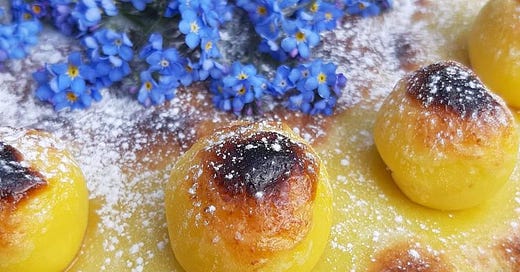




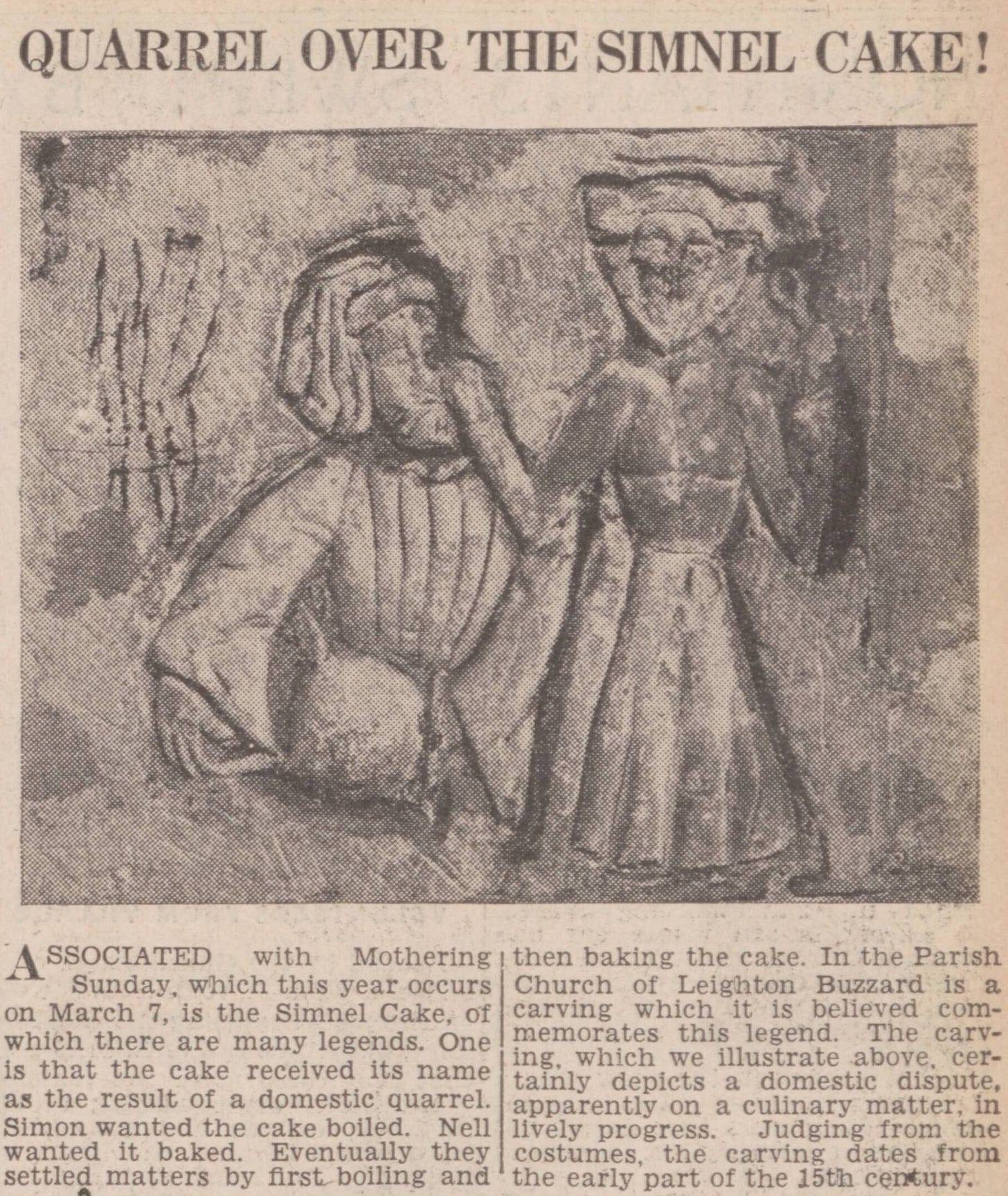

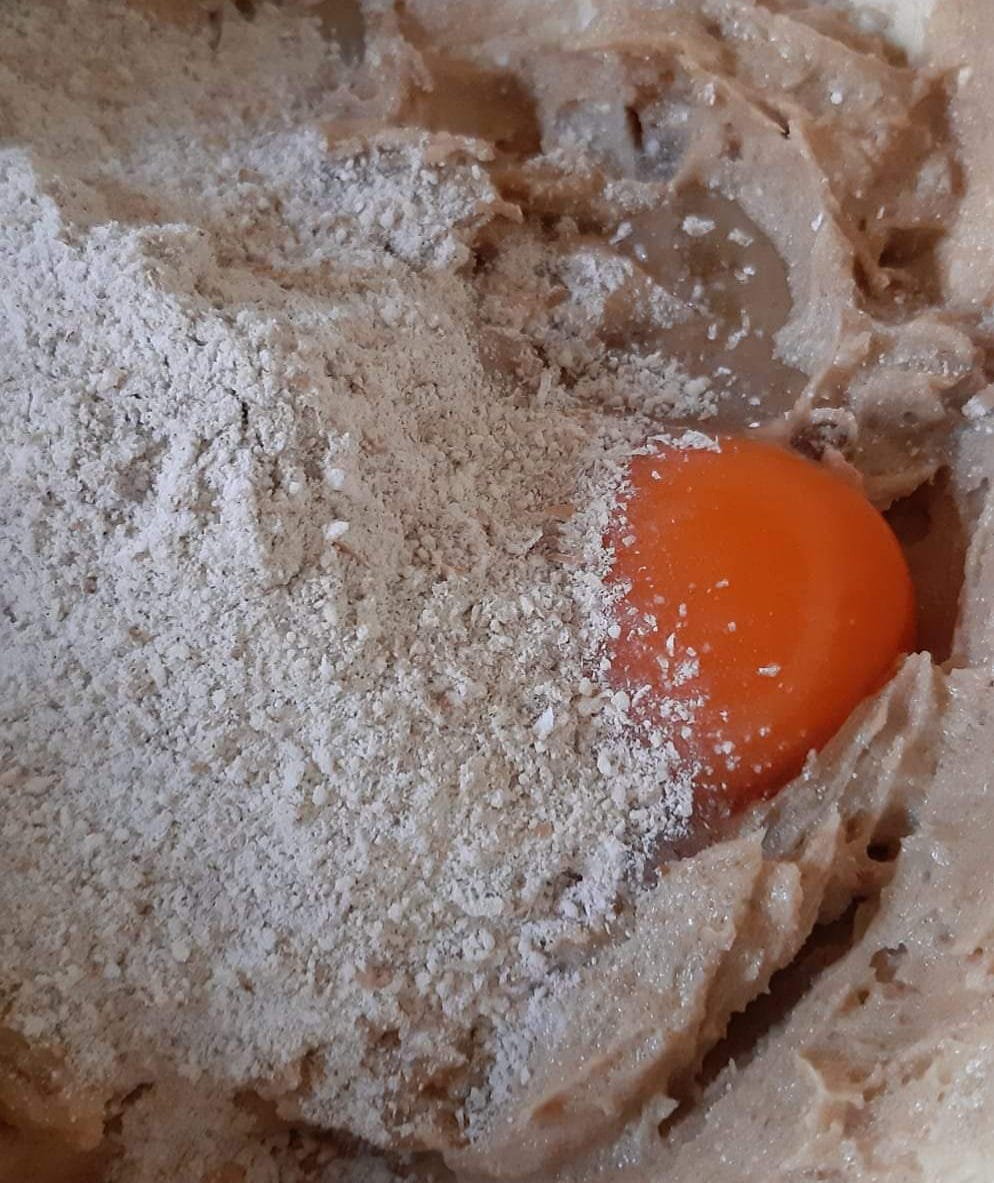
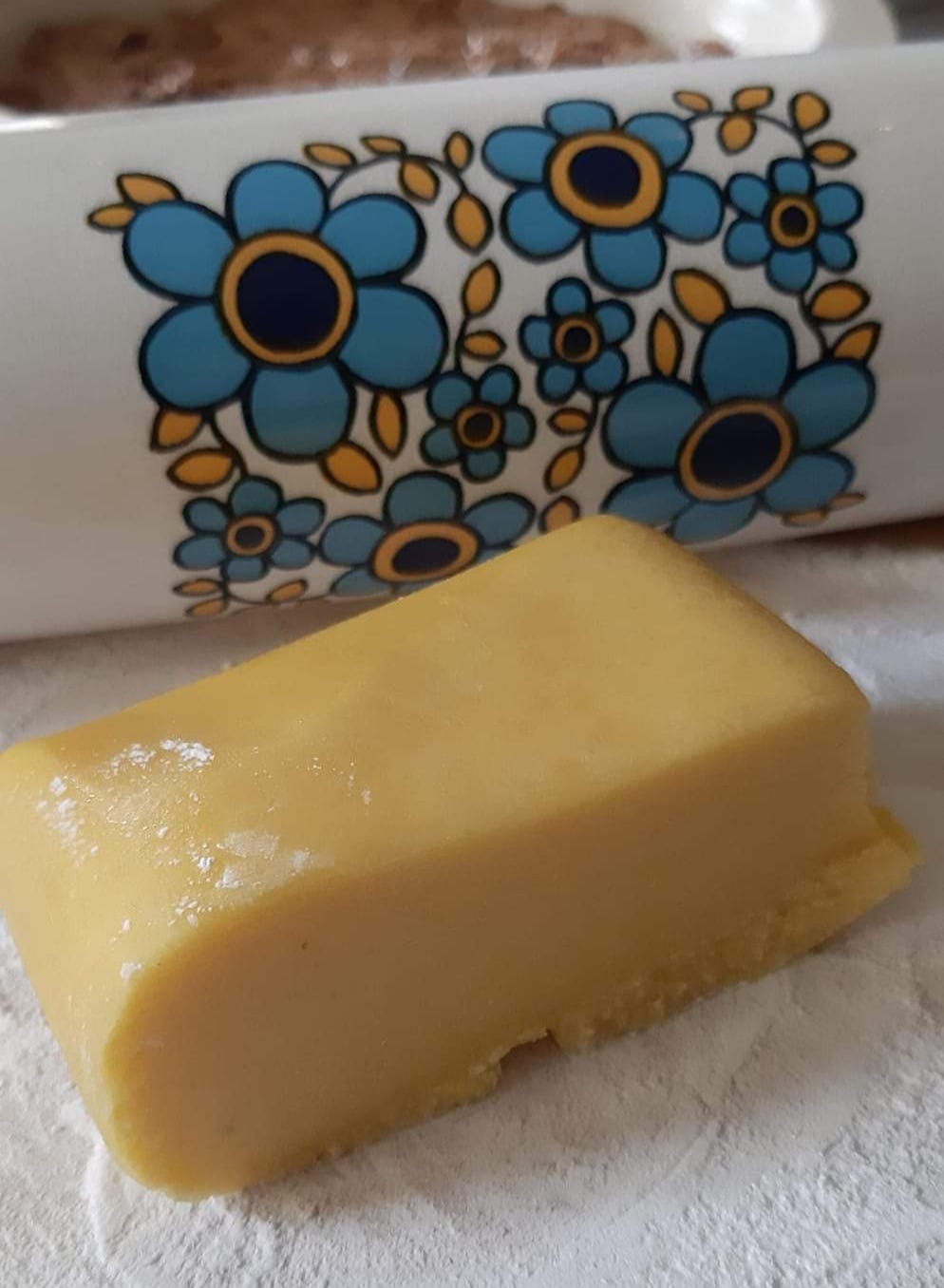
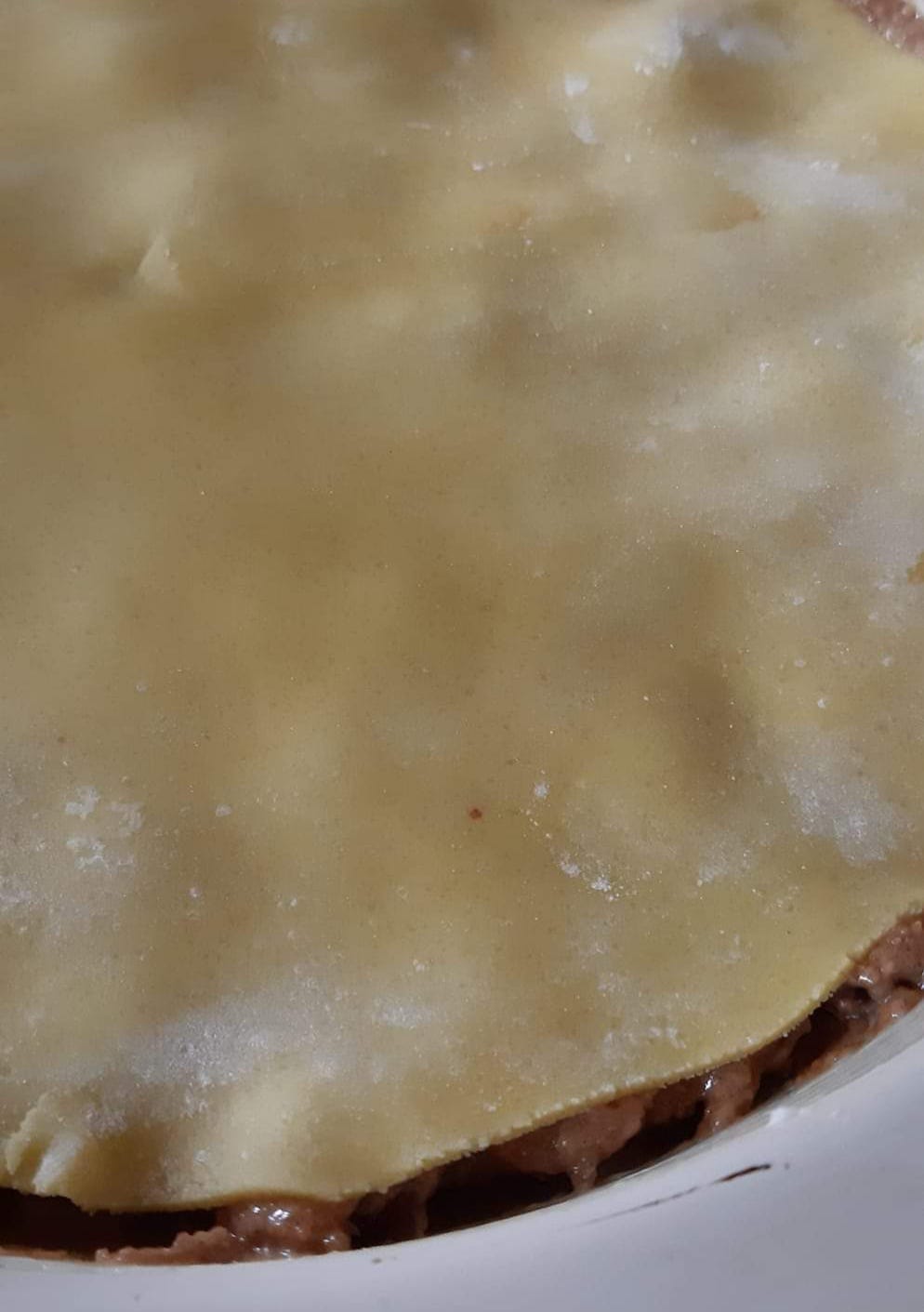
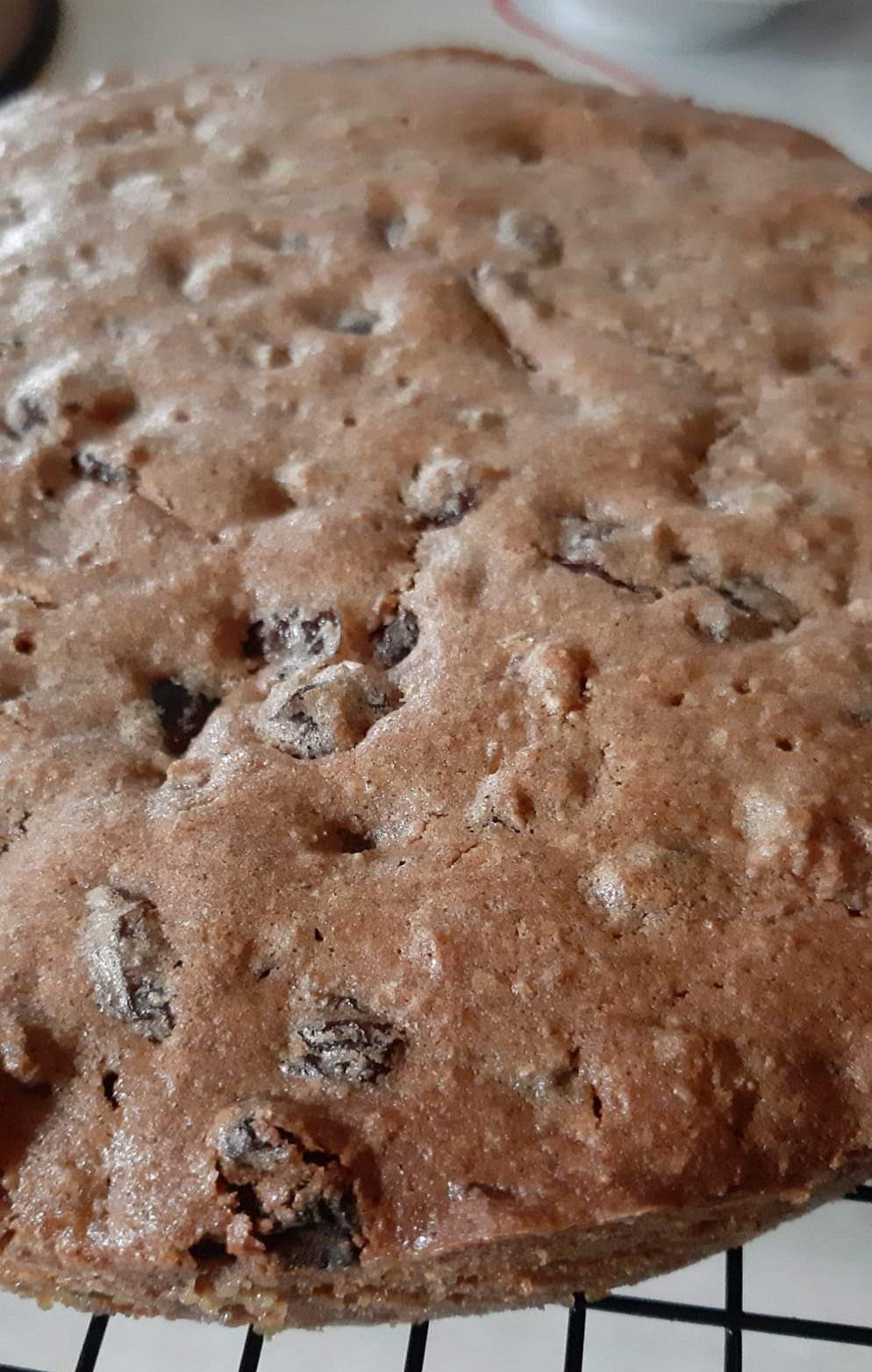
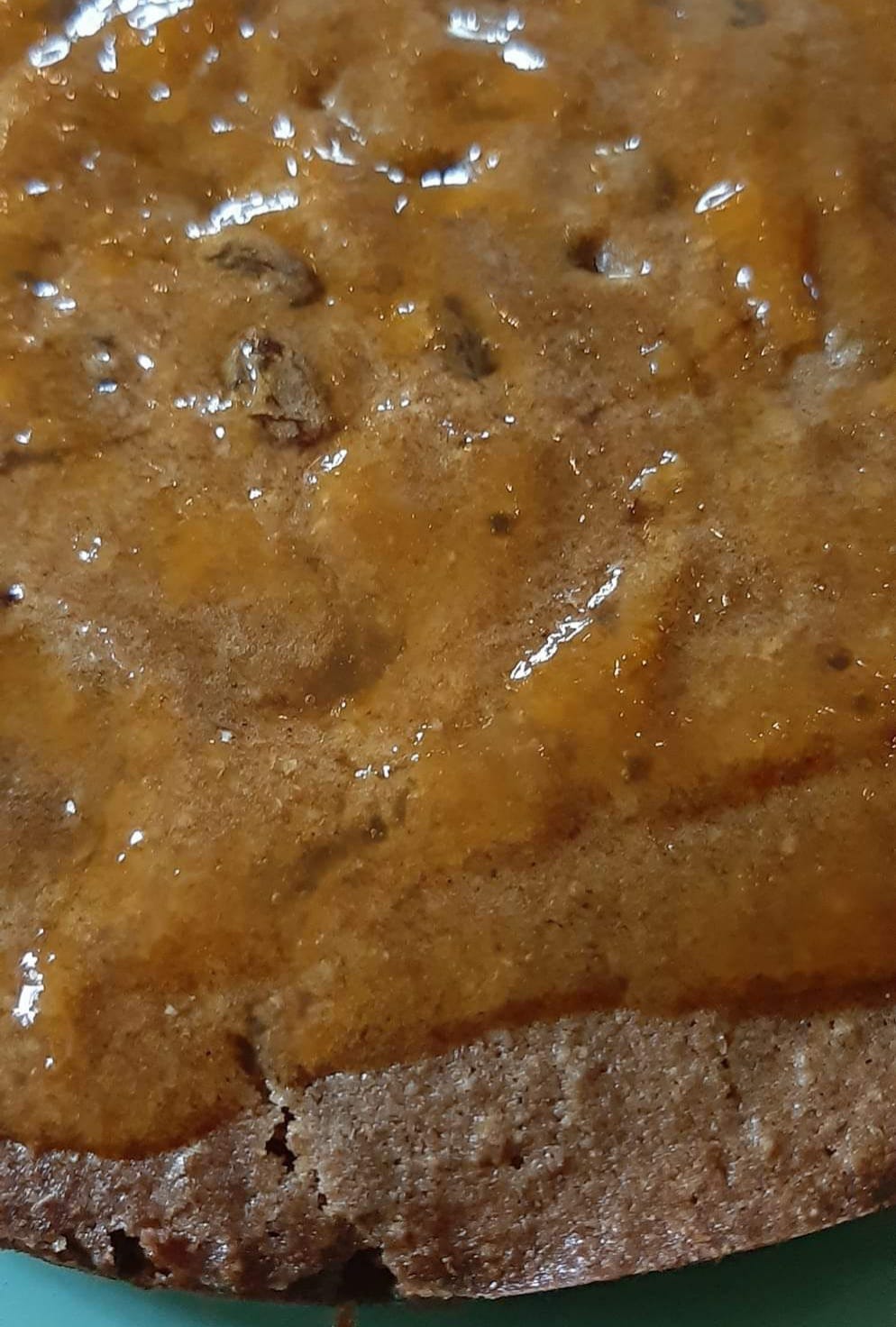
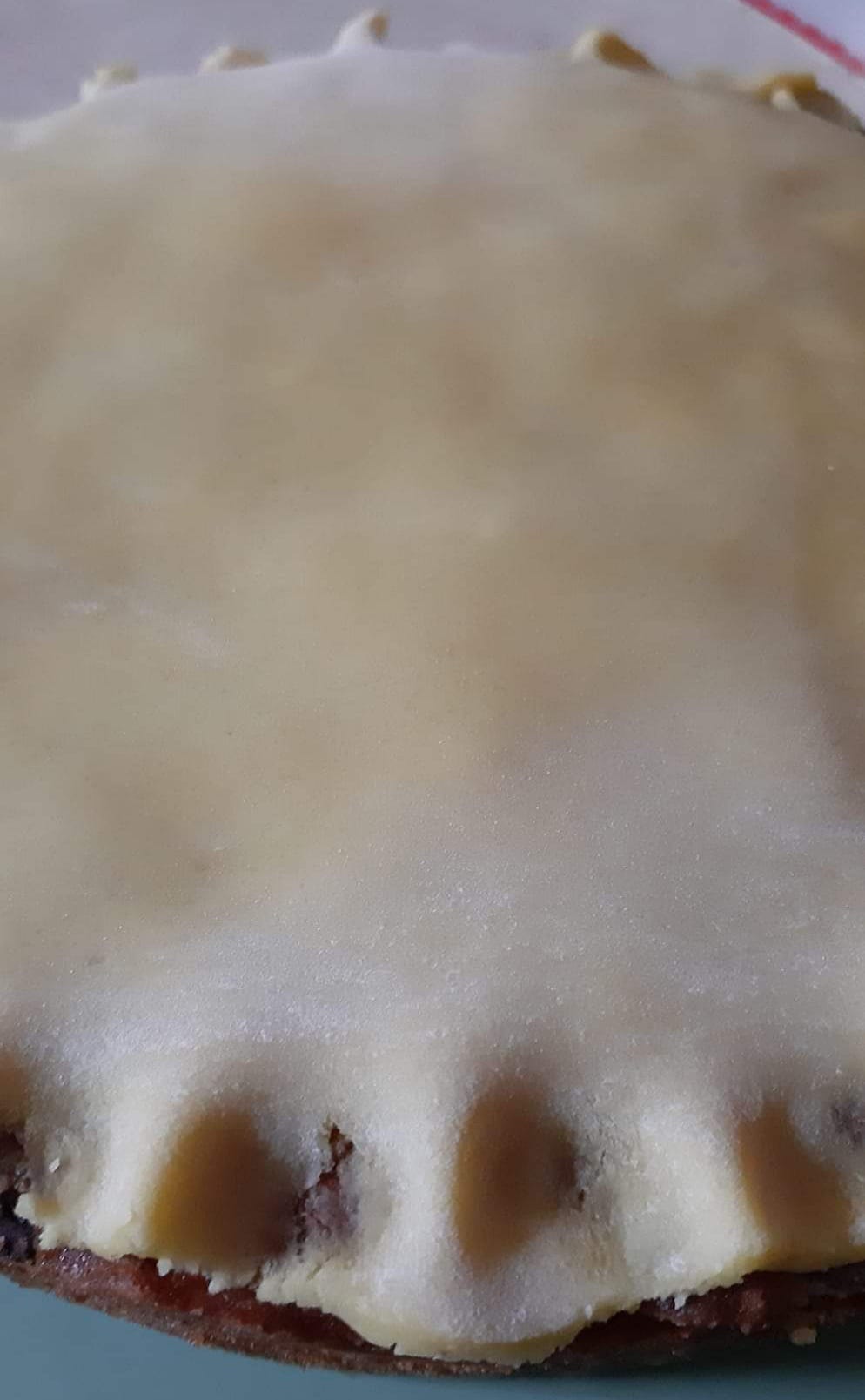
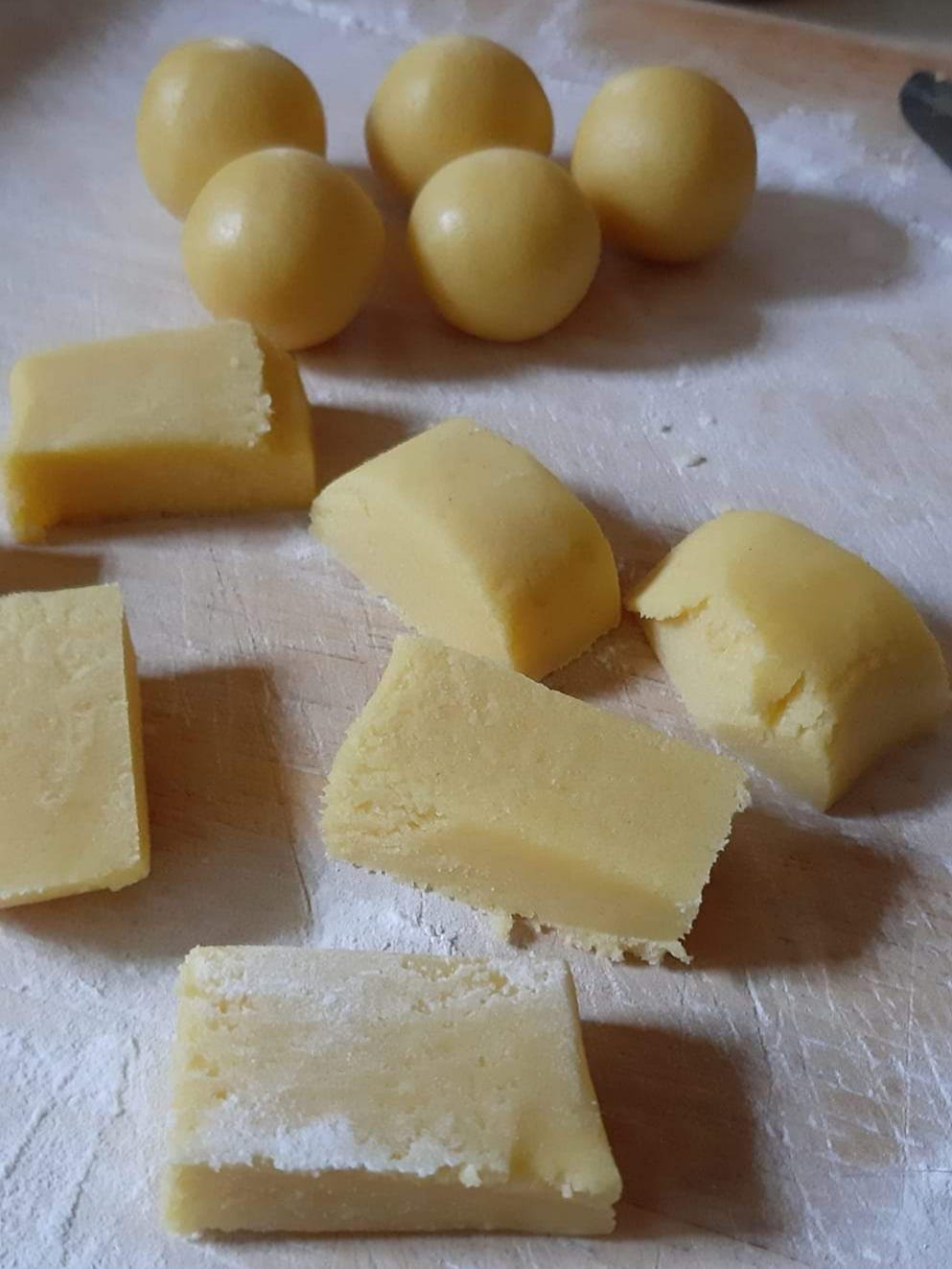
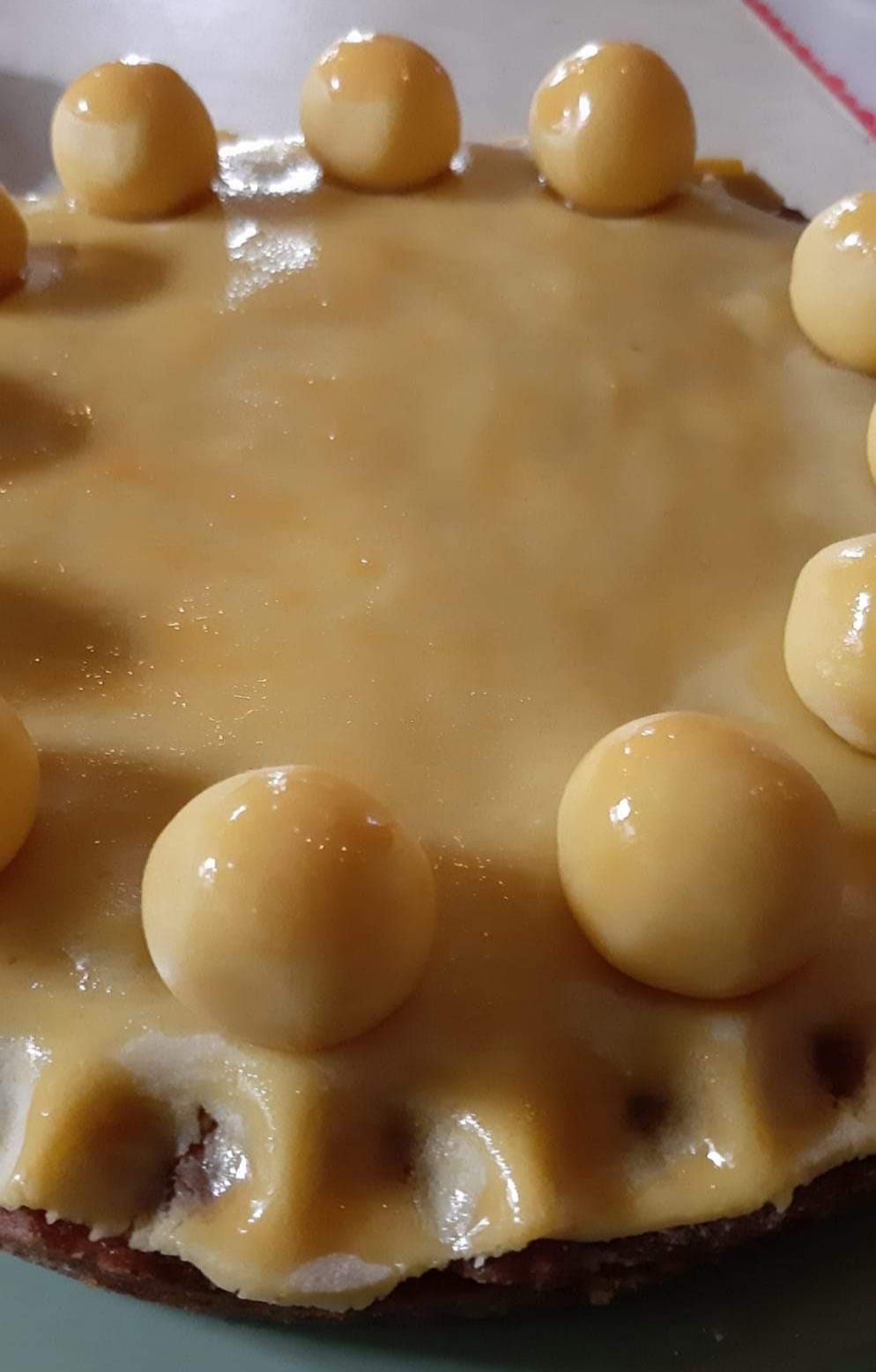
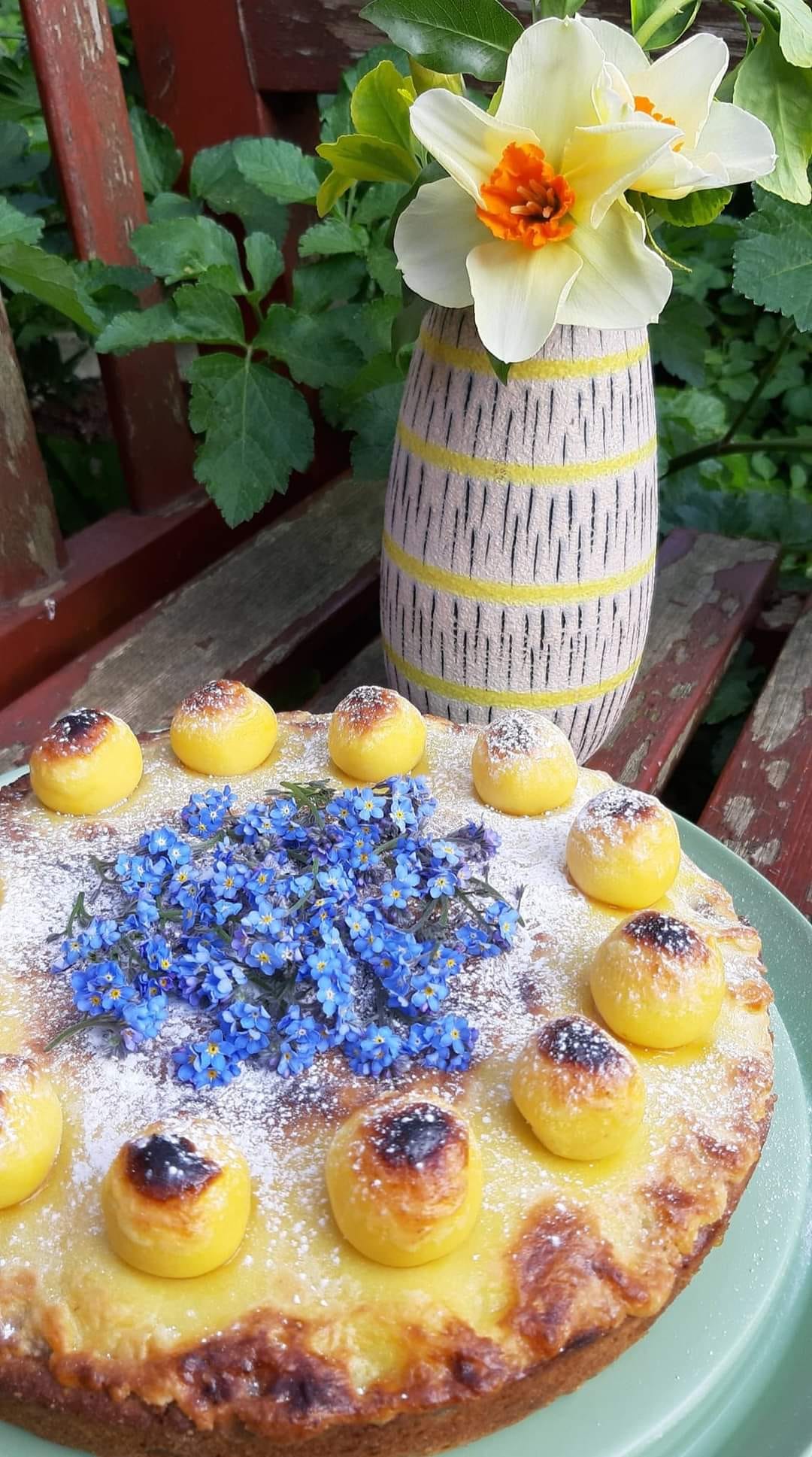
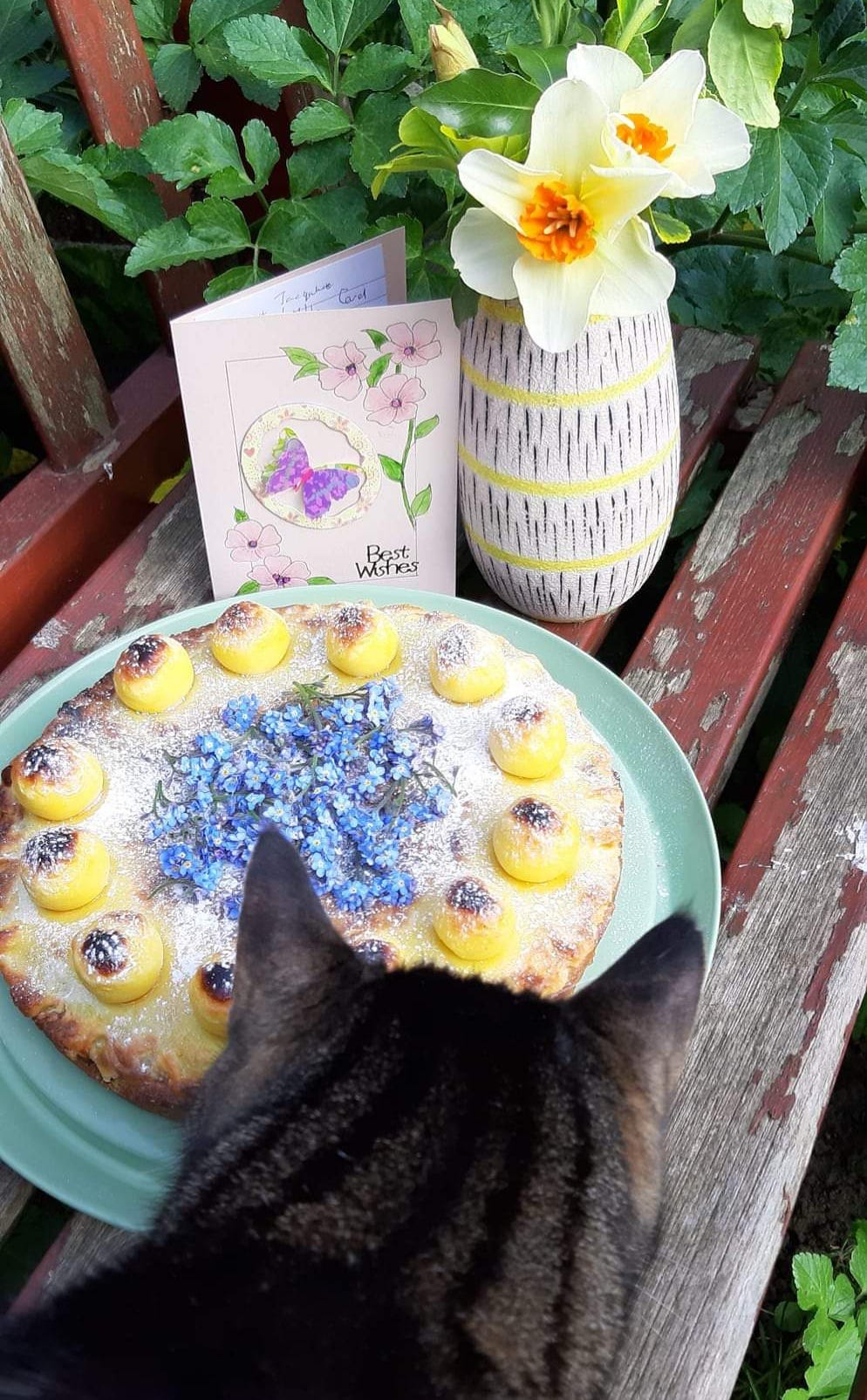
Beautiful ❤️